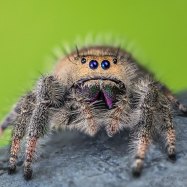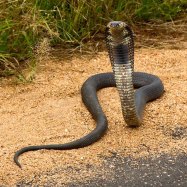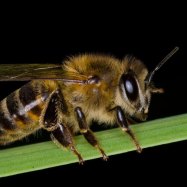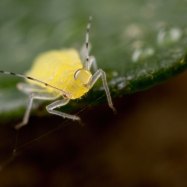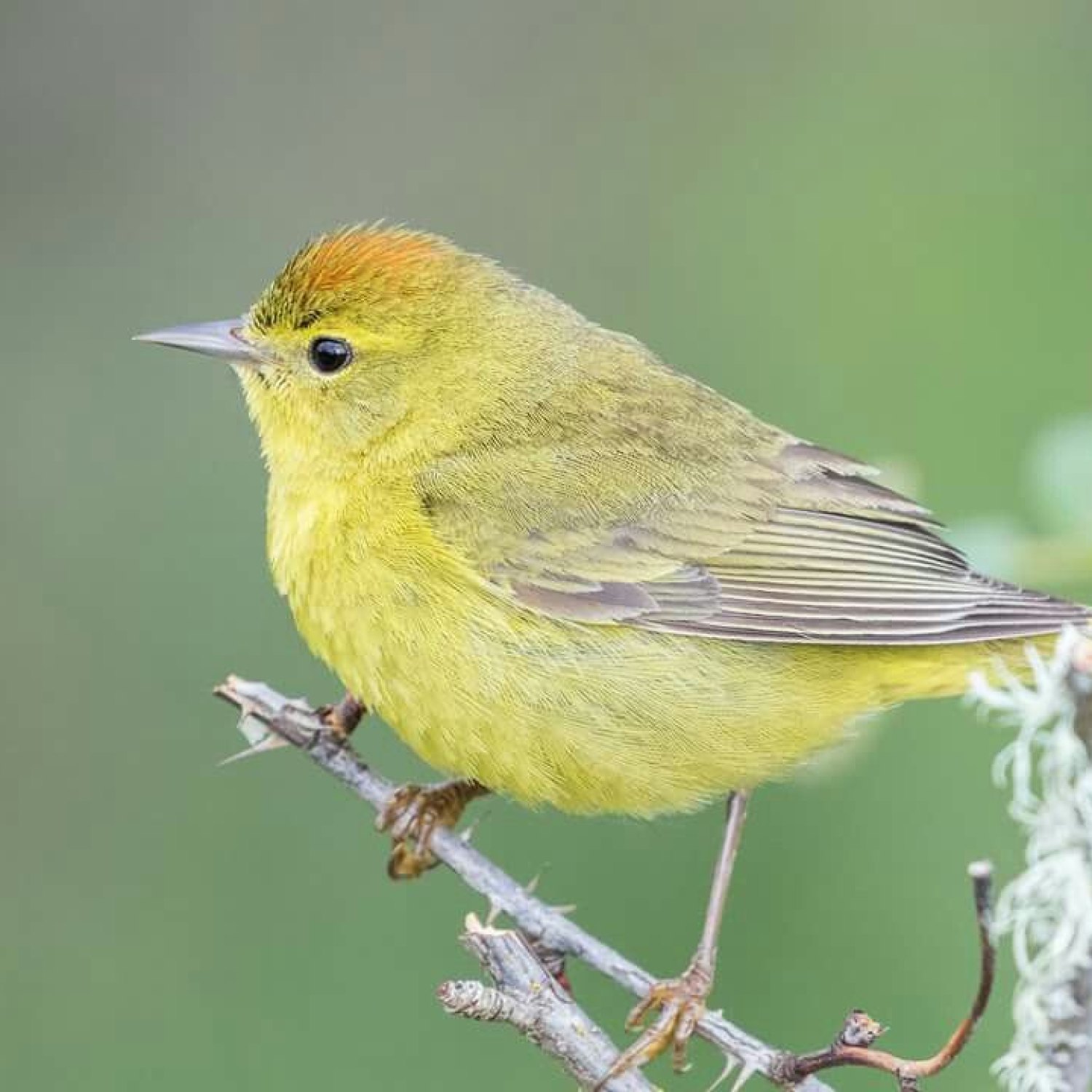
Orange Crowned Warbler
12.7-14 cm (5-5.5 inches)
The Orange Crowned Warbler, found in the Pacific Northwest and Rocky Mountain regions, is a small bird with a distinctive orange crown. Measuring only 12.7-14 cm, it belongs to the Parulidae family and has a thin, pointed bill and short legs. These active and vocal birds are a treat to spot in their natural habitat. #OrangeCrownedWarbler #PacificNorthwest #RockyMountains #BirdWatching
Animal Details Summary:
Common Name: Orange Crowned Warbler
Kingdom: Animalia
Habitat: Forest edges, shrubby areas, and thickets
The Fascinating Life of the Orange Crowned Warbler
Deep in the forests of North America, a small but lively bird can be found flitting through the branches and singing its melodious tune. This charming bird goes by the name of the Orange Crowned Warbler, and it has captured the hearts of birdwatchers and nature enthusiasts with its vibrant colors and unique habits. In this article, we will take an in-depth look at this fascinating creature, from its scientific classification to its habitat, feeding behavior, and distinctive characteristics.A Classification Overview
Let's start with the basics – what is the Orange Crowned Warbler, and where does it fit in the animal kingdom? Scientifically known as Vermivora celata, this colorful bird belongs to the animal kingdom, meaning it is a living organism Orange Crowned Warbler. It is also a part of the Chordata phylum, which includes all animals with a backbone or spinal cord.Further down the classification hierarchy, we find that the Orange Crowned Warbler is a member of Class Aves, meaning it is a bird. Its order is Passeriformes, which includes more than half of all bird species, and its family is Parulidae, also known as the songbird family. So, it is safe to say that the Orange Crowned Warbler is a tiny but mighty songbird.
Habitat and Geographical Distribution
Now that we know what kind of animal the Orange Crowned Warbler is let's find out where it can be found. This lovely bird is native to North America, specifically the United States and Canada. Its usual location is in the Pacific Northwest and Rocky Mountain regions.When it comes to habitat, the Orange Crowned Warbler can be found in a variety of environments, but it tends to prefer forest edges, shrubby areas, and thickets. These areas provide the perfect combination of coverage for nesting and open spaces for foraging Opaleye. They are also known to occasionally venture into urban areas, particularly during migration.
Feeding Habits
As with most birds, the Orange Crowned Warbler is insectivorous, meaning it feeds primarily on insects. This bird has a thin, pointed bill, which it uses to pick out small insects from leaves and branches. It is an incredibly agile and nimble feeder, flitting from one branch to another to catch its prey.Interestingly, the Orange Crowned Warbler also has a unique feeding technique known as gleaning. This method involves the bird searching for insects in nooks and cracks, often using its specialized tongue to probe for hidden prey. This feeding behavior makes it a crucial player in maintaining insect populations within its habitat.
A Splash of Color
One of the most striking features of the Orange Crowned Warbler is, of course, its coloration. The bird has a greenish-gray body with a pale yellow belly, giving it a muted yet elegant appearance. However, its most distinctive feature is the bright orange crown on the top of its head, which is what gives this bird its name.The coloration of the Orange Crowned Warbler serves more than just an aesthetic purpose – it also acts as camouflage. The greens and grays blend in perfectly with the forest canopy, while the orange crown allows it to blend in with the autumn foliage, making it harder for predators to spot.
Body Shape and Size
In addition to its coloration, the Orange Crowned Warbler has a unique body shape and size. It is a small bird, measuring between 12.7-14 cm (5-5.5 inches) in length. Its small size allows it to navigate through dense foliage more easily, and its short legs make it agile on the forest floor.The bird's body is also adapted for its insectivorous diet, with a thin, pointed bill that allows it to pick out small insects from tight spaces. Its wings are olive-green, providing the perfect camouflage for its forest environment. Overall, the Orange Crowned Warbler is a master of blending in, making it a challenging bird to spot.
The Life of an Orange Crowned Warbler
The life of an Orange Crowned Warbler can be divided into four main stages – nesting, migratory, wintering, and breeding.During the nesting season, which typically starts in May, the male Orange Crowned Warbler will search for a suitable mate and establish a territory by singing his beautiful song. Once a female has been successfully wooed, she will choose a nesting site in the shrubbery or a low-hanging branch, and both parents will work together to build a nest.
The female will typically lay 4-5 eggs, and both parents will take turns incubating them for around 12 days. Once the eggs hatch, the parents will continue to work together to feed and care for the chicks until they fledge after 9-10 days.
After breeding, the Orange Crowned Warbler will embark on its migration journey, traveling as far as Central America, where it will spend the winter. Then, come spring, the birds will return to their original breeding grounds to repeat the cycle all over again.
In Conclusion
The Orange Crowned Warbler is a true marvel of nature, with its beautiful coloration, unique feeding habits, and incredible adaptability to its environment. Despite its small size, this bird plays a significant role in the ecosystem, and its presence adds a touch of vibrancy to the forests of North America.Whether you are an avid birdwatcher or simply fascinated by nature's wonders, the Orange Crowned Warbler is undoubtedly a creature worth admiring. So, the next time you find yourself in the Pacific Northwest or the Rocky Mountain regions, keep an eye out for this charming and elusive bird.

Orange Crowned Warbler
Animal Details Orange Crowned Warbler - Scientific Name: Vermivora celata
- Category: Animals O
- Scientific Name: Vermivora celata
- Common Name: Orange Crowned Warbler
- Kingdom: Animalia
- Phylum: Chordata
- Class: Aves
- Order: Passeriformes
- Family: Parulidae
- Habitat: Forest edges, shrubby areas, and thickets
- Feeding Method: Insectivorous
- Geographical Distribution: North America
- Country of Origin: United States and Canada
- Location: Pacific Northwest and Rocky Mountain regions
- Animal Coloration: Greenish-gray body with a pale yellow belly, olive-green wings, and an orange crown on the top of its head
- Body Shape: Small, with a thin, pointed bill and short legs
- Length: 12.7-14 cm (5-5.5 inches)
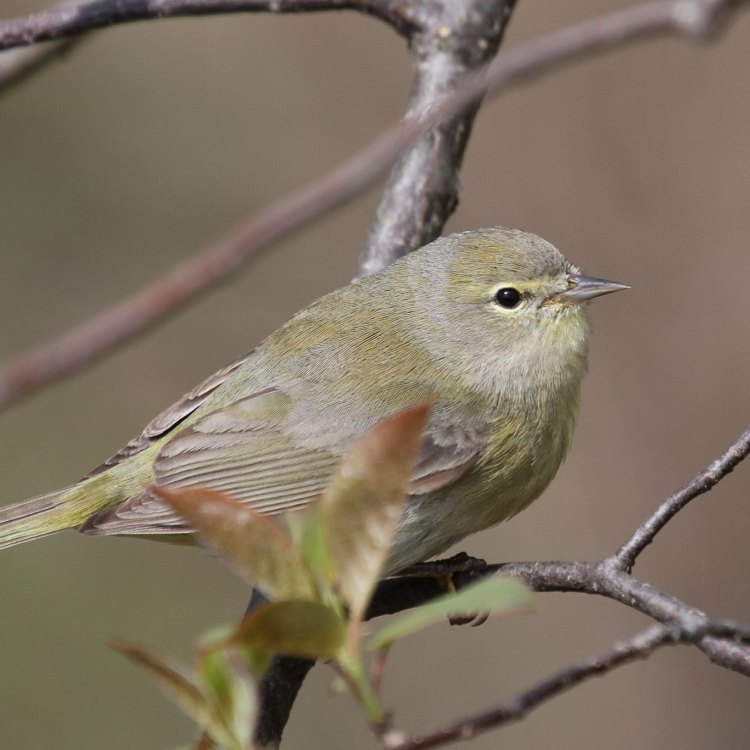
Orange Crowned Warbler
- Adult Size: Small
- Average Lifespan: 2-5 years
- Reproduction: Monogamous
- Reproductive Behavior: Builds cup-shaped nests made of grass, twigs, and moss
- Sound or Call: Song is a series of high-pitched, musical notes
- Migration Pattern: Migratory, with some individuals staying in their breeding range year-round
- Social Groups: Generally solitary, but can be found in small groups during migration
- Behavior: Active and constantly hopping along branches and in vegetation in search of insects
- Threats: Habitat loss due to deforestation and urbanization
- Conservation Status: Least Concern
- Impact on Ecosystem: Helps control insect populations
- Human Use: Birdwatching and ecotourism
- Distinctive Features: Orange crown on top of the head
- Interesting Facts: One of the most common and widespread warblers in North America
- Predator: Birds of prey, snakes, and mammals
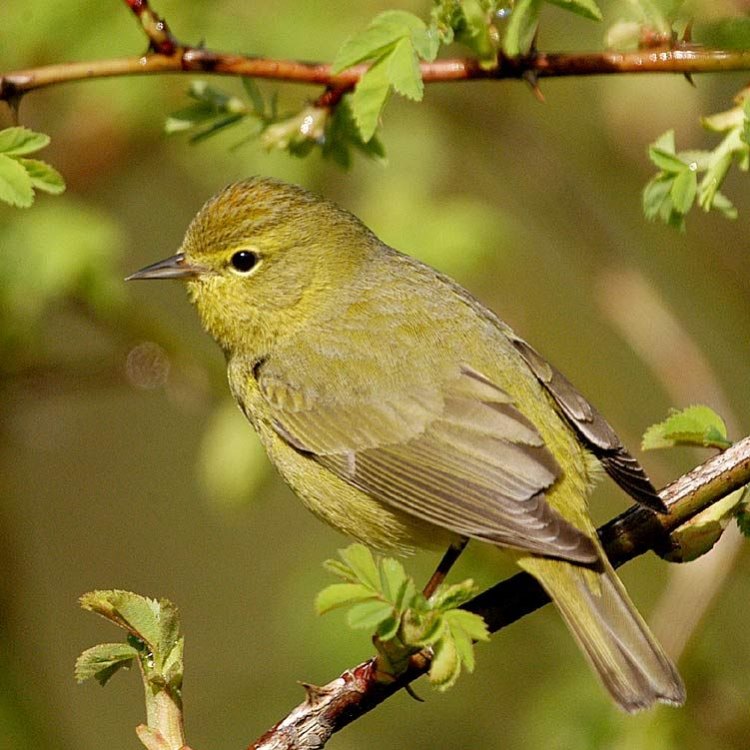
Vermivora celata
The Small but Mighty Orange Crowned Warbler: A Story of Adversity and Resilience
Nature is a delicate balance, with each species playing a vital role in maintaining the ecosystem's health and integrity. In North America, one such species that often goes unnoticed but is crucial to the ecosystem is the Orange-crowned Warbler. A small yet mighty bird, the Orange-crowned Warbler is a prime example of how even the tiniest creatures can have a significant impact on the environment and how vulnerable they are to the ever-changing world around them.The Orange-crowned Warbler (Oreothlypis celata) is a small songbird that belongs to the family Parulidae, or the New World warblers PeaceOfAnimals.Com. They have a small body size, with an average length of 4.7 inches and a wingspan of 7.5 inches, making them much smaller than a house sparrow. They weigh around 9 to 11 grams, which is equivalent to two nickels. Despite their small size, Orange-crowned Warblers are active and robust birds with a lifespan of 2-5 years. They are one of the most common and widespread species of warblers in North America. These birds can be found across the continent, from Alaska and Canada to Mexico and Central America. They are also commonly seen in the Caribbean Islands.
One of the most distinctive features of the Orange-crowned Warbler is the orange crown on top of their head, which, unfortunately, is not always visible Otterhound. These birds only display their namesake orange crown when they are agitated or excited, making it quite a rare sight for birdwatchers and nature enthusiasts. They also have a greenish-yellowish tone on their upperparts and a pale, lighter color on their underparts.
Like many migratory birds, the Orange-crowned Warbler has a unique migration pattern. They are considered partial migrants, with some individuals staying in their breeding range year-round, while others migrate to southern regions during the colder months. This species' breeding range is predominantly in western North America, from Alaska and Canada to the western United States, with a smaller population in the eastern regions. During the winter, many of these birds migrate to Mexico and Central America, while some may stay in the southern parts of the United States.
What is particularly interesting about the Orange-crowned Warbler's migration is the route they take. Unlike most migratory birds that fly south overland to reach their wintering grounds, these warblers take a more challenging path. They fly over the Gulf of Mexico, a journey that can take around 18-20 hours, without any rest or food. This migration route is physically demanding for these small birds, and yet, they do it year after year, showcasing their incredible resilience and endurance.
In terms of behavior, Orange-crowned Warblers are incredibly active and energetic birds. They are constantly hopping along branches and in vegetation, making them quite challenging to spot. Despite their small size, they have a strong and sharp beak, which they use to forage for insects. These warblers are insectivorous and play a crucial role in controlling insect populations, making them essential to the local ecosystem's health. They have a varied diet, feeding on insects, spiders, and sometimes even fruits and nectar.
Despite their active and social behavior, Orange-crowned Warblers are generally solitary birds, only coming together in small groups during migration. They are often seen foraging alone or in pairs, and their calls and songs are essential in attracting and communicating with potential mates. The male's song is a series of high-pitched, musical notes, while the female's song is softer and shorter.
Like many other bird species, Orange-crowned Warblers are monogamous and form monogamous pairs during the breeding season. The breeding season usually begins in April and lasts till August. During this time, the male will put on an elaborate courtship display to attract a mate. Once a pair is formed, they will work together to build a cup-shaped nest made of grass, twigs, and moss. The female will then lay a clutch of around 4 to 6 eggs, which she will incubate for around 10-13 days. After hatching, the male and female will both care for the chicks, feeding them insects and teaching them how to forage for food. The young birds will leave the nest after 12-13 days, but the parents will continue to care for them until they are self-sufficient.
While Orange-crowned Warblers may seem like resilient and thriving creatures, they face many threats that put their survival at risk. One of the most significant threats to this species is habitat loss. As urbanization and deforestation continue to destroy their natural habitat, these birds struggle to find suitable areas to breed and forage for food. Climate change is another significant threat, as it affects their migration routes and alters their breeding and feeding patterns. Pollution, pesticides, and collisions with buildings and vehicles also contribute to this species' decline.
Despite these challenges, the Orange-crowned Warbler's conservation status is currently listed as "Least Concern" by the International Union for Conservation of Nature (IUCN). This is due to their large population size and widespread distribution. However, conservation efforts are still crucial in protecting this species and ensuring their survival for future generations to appreciate.
Apart from their vital role in maintaining the ecosystem's balance, Orange-crowned Warblers also have other benefits for humans. Their presence in the wild is a popular attraction for birdwatchers and nature enthusiasts, contributing to ecotourism and birding economies. These birds can also be used as indicators of the environment's overall health and can help scientists and researchers monitor the impacts of environmental changes.
It is essential to appreciate and protect the Orange-crowned Warbler and other species like it, as they remind us of the intricacies and beauty of the natural world. These tiny birds face many challenges in their daily lives, from physical demands during migration to habitat loss, yet they continue to persevere and thrive. Their resilience and ability to adapt to changing conditions serve as an inspiration for us to do our part in protecting and preserving our environment.
In conclusion, the Orange-crowned Warbler may be a small and often unnoticed bird, but they play a significant role in the ecosystem and are essential to our planet's health and balance. From their unique migration patterns to their active and social behavior, they are fascinating creatures with many distinctive features. Despite the threats they face, these birds continue to survive and thrive, showcasing their strength and resilience. It is up to us, as caretakers of the Earth, to learn from these tiny yet mighty birds and do our part in protecting and preserving the delicate balance of nature.
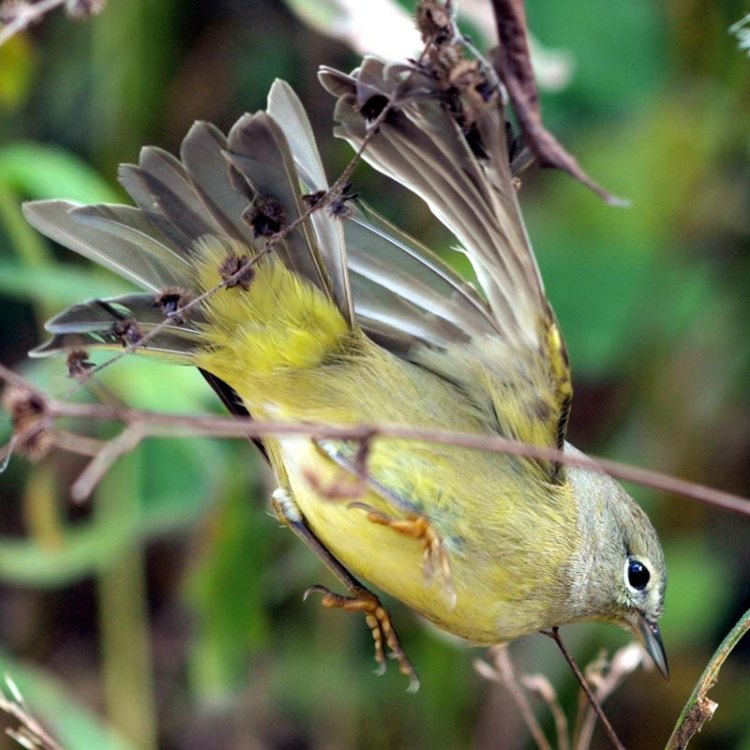
The Fascinating Life of the Orange Crowned Warbler
Disclaimer: The content provided is for informational purposes only. We cannot guarantee the accuracy of the information on this page 100%. All information provided here may change without prior notice.






